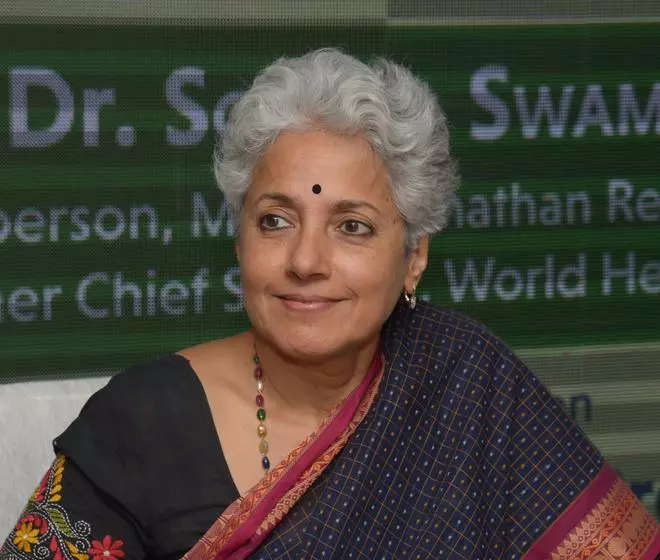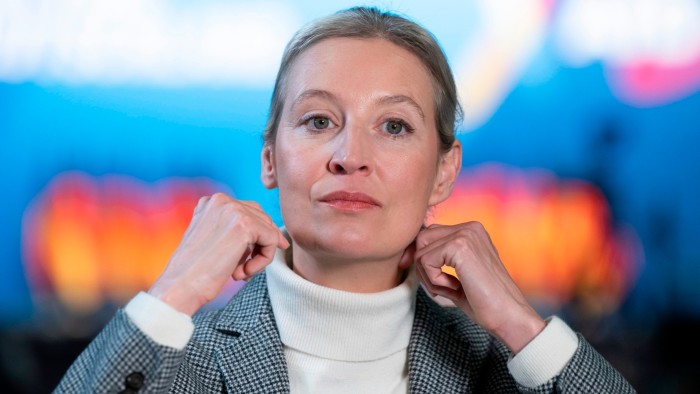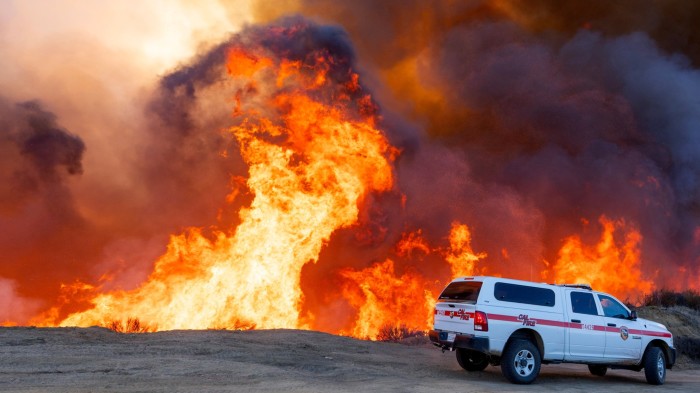On December 31, 2019, the news of a “viral pneumonia” in Wuhan (China) was picked up by the World Health Organization’s local country office.
WHO employees activated emergency systems on January 1, 2020, and a guidance package was published shortly to help countries manage the new disease. On January 30, WHO declared the novel coronavirus outbreak a public health emergency of international concern — its highest level of alarm.
Five years on, the Covid-19 pandemic hovers over our collective consciousness, setting off anxious reactions at the slightest hint of a spike in viral infections. This became evident after recent reports from China on rising respiratory infections due to circulating viruses, including the hMPV (human metapneumovirus) — something which health authorities put down to seasonal occurrences in winter and spring.
Against this backdrop, the question being discussed by healthcare professionals, including the WHO, is whether the world is better prepared for the next pandemic?

Dr Soumya Swaminathan, former chief scientist, World Health Organization
| Photo Credit: VEDHAN M
The world has taken several steps forward in learning to collaborate between governments, regulatory authorities and private enterprise, observed Dr Soumya Swaminathan, looking back and forward. However, there’s ground to be covered on technology transfer and equitable distribution, she said, adding there’s certainly no room for complacency.
Swaminathan witnessed the unravelling of developments as the novel SARS-CoV-2 virus brought the world to a grinding halt, having taken charge as WHO Chief Scientist just months ago.
Health systems were not prepared in most countries, recalled Swaminathan, with even the rich ones having weak public health infrastructure and responses; the economically poorer countries had issues with the health system itself. The health workforce did an amazing job but this took “a very heavy toll”, she said — from getting Covid to burnout from the physical and mental strain. Many healthcare workers (doctors and nurses) left the profession, she said, exacerbating existing shortages.
There was a huge amount of innovation — nobody could have foreseen how the vaccines, diagnostic kits and point-of-care tests were developed in a short time. “We went from really expensive, high-end PCRs to just everyone doing their own test at home,” she said, adding that new vaccine platforms were tested for the first time during Covid. Regulatory agencies worked together, respecting each other’s assessments, cutting short access time, she added.
Setbacks
Though most research and development (R&D) was funded by government agencies, at least in high-income countries “the IP (intellectual property) ultimately was given to private sector”.
There were no guidelines on how the IP should be used or on tech transfer, she said. Despite efforts by countries like India and South Africa at the World Trade Organization (WTO), there was no agreement during the pandemic or after, she added. The Pandemic Treaty negotiations, for example, have not concluded due to reasons, including differences over tech transfer and equitable sharing, she said, as high-income countries were not agreeing to the principles of equity. “That is a big setback and a disappointment,” she said.
Global network
Born out of the inequities during Covid-19 is the “mRNA technology transfer programme”; so the next time “we should not be in a position where some countries are begging other countries”, said Swaminathan.
“You need to build that capacity from bottom up,” she said, as a programme that started with Africa is now a global network with 16 centres working on mRNA technology from an open source of information. Each group picks and works on priority diseases across human and animal infection, like dengue and foot-and-mouth disease, for example.
The principle is that anything developed from this collaboration will be available to partners, within a framework, including tech transfer. This should be the model for R&D, she says, where there’s “governance and stewardship by an agency like WHO or, at the country level, the government.”
Be prepared
The government needs to have an agreement with companies, funding research to develop and stockpile priority products (that can be scaled up), with financial compensation. “We can supply not just for India but also to the world if we are prepared in advance,” said Swaminathan, echoing the recommendations outlined in a NITI Aayog report on pandemic preparedness, which calls for a contemporary Public Health Emergency Management Act.
It’s high time India develops legislation that defines roles and responsibilities so “there’s no confusion”, said Swaminathan. A framework facilitates smooth operation, inter-ministerial cooperation, data sharing, management, surveillance, community engagement and risk communication, she explained, even as health experts caution that the next health emergency is never too far away.








Leave a Comment